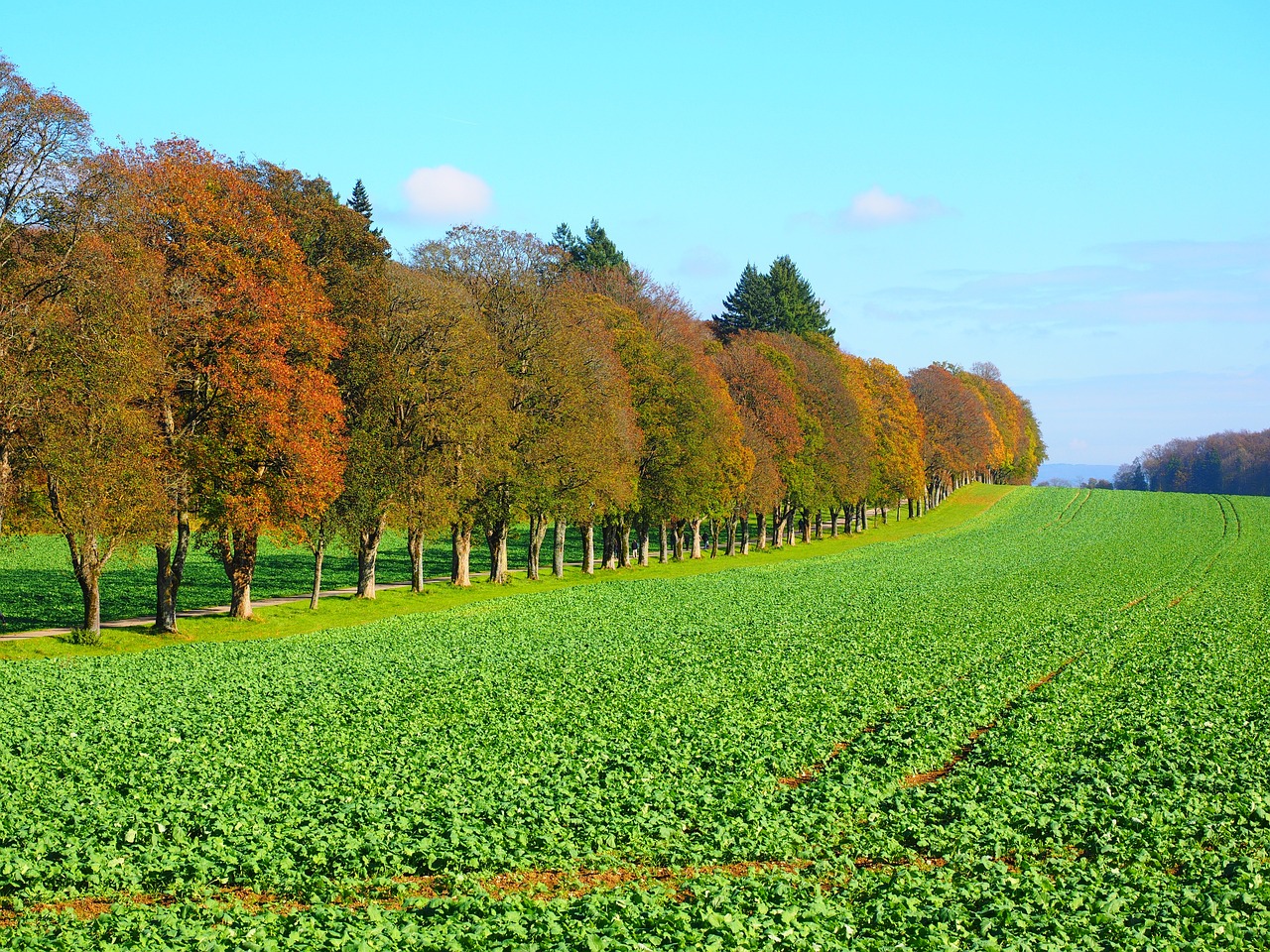
The algae capture part of the phosphate and add it to their molecules, becoming phospholipids.
The phosphorus cycle is a biogeochemical process that allows us to know and verify how, within a certain ecosystem, the role of this aforementioned chemical element mutates, which has the particularity of being very reactive, being part of the group of non-metallic elements. and have multivalent character.
Phosphorus is found (although not in such quantity) in the organism of living beings that, in the form of phosphates , acquire it through phosphate rocks . It is integrated, experts on the subject point out, in relevant macromolecules such as ATP (adenosine triphosphate) and DNA (deoxyribonucleic acid) .
It should be noted that it is available in multiple rocky sediments with inorganic roots and plants are essential to ensure that phosphorus , a vital component to obtain energy on a biochemical scale, is fixed and can be transmitted.
It is also worth knowing that for this circuit to take place (which, compared to the water cycle , the carbon cycle and the nitrogen cycle , is slow), food chains are essential.
Phosphorus cycle processes
There are several processes linked to the phosphorus cycle .
The initial stage covers the action of erosion and weathering . As a result of activities such as mining , as well as the influence of the sun, temperature, rain and wind, phosphorus reserves that are located in minerals distributed at the bottom of the sea and on land emerge, filter into soils and surface waters and, in this way, are transported to different ecosystems .
As phosphates are released on the surface due to both erosion and leaching , plants carry out a process of absorption and assimilation . Phosphate is used by vegetation to complete metabolic processes and to be able to synthesize molecules and phospholipids linked to the cell membrane. To grow and maintain their optimal metabolism, animals ingest various species of animals and plants that allow them to add phosphorus .
Once these living beings die, the decomposition phase begins, in which the so-called decomposer microorganisms (a group where fungi and bacteria appear) enter the scene. Later, when the cycle again contemplates the release of inorganic phosphate in water and soil , mineralization develops.

In the soil, among other microorganisms, there are bacteria that have a phosphorus solubilizing capacity.
Over time, phenomena of sedimentation and precipitation of inorganic phosphates that are dissolved in liquid, as well as the formation of phosphate rocks, are observed.
In cases of volcanic activity and subduction of tectonic plates, these phosphate rocks are usually initially directed towards the inner part of the Earth and, when the eruption occurs, the phosphorus is released under the structure of volcanic ash and/or gas.
Importance of phosphorus in organisms
Phosphorus is of great importance for organisms since it is needed when generating energy and carrying out chemical processes. This mineral, in the human body, is present in cells , genes , teeth and bones .
In addition to being essential for the formation of bone and dental structures, it helps keep the heart rate regulated, conserve and use stored energy, promotes proper kidney function and benefits tissue repair, for example.
There are multiple natural sources that make it possible to incorporate phosphorus through the diet. There are supplements, food additives, drinks and foods (such as legumes , dairy products and meats) that allow us to meet organic phosphorus needs.
Factors affecting the phosphorus cycle
By focusing on the factors that affect the phosphorus cycle, different issues gain notoriety.
On the one hand, the soil conditions . Temperature, humidity level, surface texture and pH can interfere or condition the circuit.

For crops, phosphorus is essential because it plays a role in the creation of roots, photosynthesis and the transport of nutrients to plants.
On the other hand, the actions of microorganisms (Fungus and bacteria) cannot be minimized, which, by intervening in the decomposition phase of the remains of organisms, contribute to making phosphates available again in the soil.
Animals, likewise, through each excretion (fecal matter and urine) leave products in the soil that also, when decomposed, release phosphates .
Nor should we lose sight of the fact that, sometimes, as a consequence of activities carried out by human beings (the use of fertilizers or the incorrect disposal of wastewater , for example) eutrophication occurs. This concept refers to the excessive presence of phosphorus and nitrogen , among other inorganic nutrients, in an aquatic environment. This panorama causes the proliferation of phytoplankton algae to become uncontrolled. If these end up depleting the oxygen available in the water, then a strip classified as a dead zone emerges. It is essential to achieve a balance in the environment and ensure that nature functions harmoniously, therefore, betting on sustainable agriculture , organic fertilizers , phosphorus recycling , cover crops and crop rotation .
